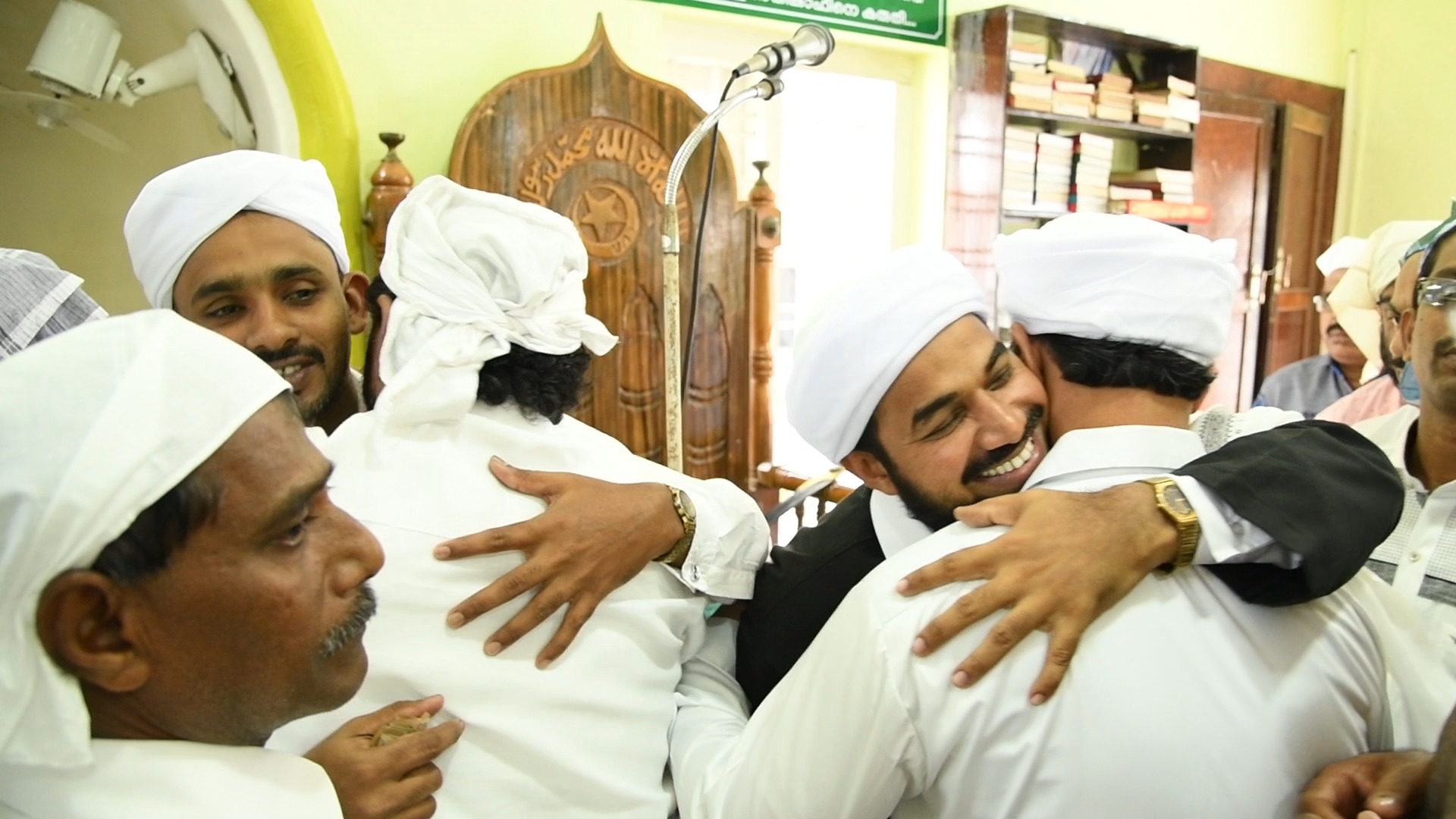Moon Light
See the Latest from our
video Columns
In Moon Light
Emerging Indian Photographer
Biju Ibrahim
Shares a slice of
his journeys and experiences as
moving image anecdotes
Brick Making | Moon Light © Biju Ibrahim / Photo Mail
Brick-making was shot in Calcutta.
Probably, the technique of brick making didn’t originate from one place. Bricks have been discovered popping up in many different locations around the world simultaneously. The oldest discovery dates back to 7000 BC. They were discovered in southern Turkey at the site of an ancient settlement around the city of Jericho. The technique could have been naturally discovered when following floods the deposited mud or silt cracked and formed cakes that could be shaped into crude building units. In the ancient city of Ur, in Mesopotamia (modern Iraq), an arch of sun-baked brick was made about 4000 BC. The arch itself has not survived, but a description of it includes the first known reference to mortars other than mud. A bitumen slime was used to bind the bricks together. Ancient Egyptian bricks were made of adobe brick, which is sundried bricks made of clay mixed with straw. The Coptic descendants of the ancient Egyptians on the upper Nile River called their technique of making mud brick tōbe.
As civilization spread eastward and westward from the Middle East, so did the manufacture and use of brick. The evidence of this can be seen today at the ruins of Harappa Buhen and Mohenjodaro, in what is now part of India and Pakistan. Possibly, from Mesopotamia, brick-making spread to Egypt, Persia, and the Indus Valley. The bricks of the city that the Harappans had built were used for building railway tracks by the Brunton brothers. Fired bricks have been excavated in China that appear to have been made between around 4000 – 3000 BC. The Aztec civilizations of Central America, cut off from the rest of the world, were making and using sundried Adobe brick. They used the bricks to build many of the Aztec pyramids which are still standing today. The Great Wall of China (210 BC) was built of both burned and sun-dried bricks. Early examples of brickwork in Rome were the reconstruction of the Pantheon (AD 123) with an unprecedented brick and concrete dome, 43 meters (142 feet) in diameter and height, and the Baths of Hadrian, where pillars of terra-cotta were used to support floors heated by roaring fires. Enameling, or glazing, of brick and tile, was known to the Babylonians and Assyrians as early as 600 BC, again stemming from the potter’s art. The great mosques of Jerusalem (Dome of the Rock), Isfahan (in Iran), and Tehrān are excellent examples of glazed tile used as mosaics. Some of the blues found in these glazes cannot be reproduced by present manufacturing processes.
The first bricks, made in areas with warm climates, were mud bricks dried in the sun for hardening. The greatest breakthrough came with the invention of fired brick in about 3,500 Bc. From this moment on, bricks could be made without the heat of the sun and soon became popular in cooler climates. The introduction of brick firing drastically increased the rate of production, allowing bricks to be made ahead of time and stored. It also meant they could be made and used all year round. The Romans preferred to make their bricks in spring, then they stored them for two years before selling or using them. They only used white or red clay to manufacture bricks. The Romans succeeded in introducing fired bricks to the entire country thanks to mobile kilns. These were bricks stamped with the mark of the legion who supervised the brick production. Roman bricks differed in size and shape from other ancient bricks as they were more commonly round, square, oblong, triangular, and rectangular. During the period of the Roman Empire, the Romans spread the art of brickmaking throughout Europe and it continued to dominate during the medieval and Renaissance period.
During the 12th century, bricks were reintroduced to northern Germany from northern Italy. This created the brick gothic period with buildings mainly built from fired red clay bricks. Examples of the Brick Gothic-style buildings can be found in the Baltic countries such as Sweden, Denmark, Poland, Germany, Finland, Lithuania, Latvia, Estonia, Belarus, and Russia. This period lacks figural architectural sculptures that had previously been carved from stone. The Gothic figures were virtually impossible to create out of bricks at that time but could be identified by the use of split courses of bricks in varying colors, red bricks, glazed bricks, and white lime plaster. Eventually, custom-built and shaped bricks were introduced which could imitate the architectural sculptures. In the 16th century, Brick Gothic was replaced by Brick Renaissance architecture. When the Roman Empire fell, the art of brickmaking nearly vanished and it continued only in Italy and the Byzantine Empire. In the 11th century, brickmaking spread from these regions to France.
Bricks crossed the Atlantic with Dutch and British immigrants with some brick masons among them. In Virginia, brick structures were built as early as 1611. At that time it was common for brick masons to make the bricks on the Jobsite. It is known that bricks were transported from Virginia to Bermuda in 1621 in exchange for food and oil. Many early American skyscrapers are clad in brick or terracotta. It took 10 million bricks to build the Empire State Building. During the Renaissance and Baroque periods, exposed brick walls became less and less popular; consequently, brickwork was covered in plaster. Only during the mid-18th-century brick walls started to regain their popularity.
In medieval times, the clay for making bricks often was kneaded by workers with their bare feet. The clay was shaped into a brick by pushing it into a wooden frame placed on a table, which was covered with sand or straw to prevent the clay from sticking. After excess clay was wiped off with a stick, the brick was removed from the frame. Paintings on the tomb walls of Thebes portray Egyptian slaves mixing, tempering, and carrying clay for the sun-dried bricks.
Worldwide, bricks were made by hand until about 1885. Once the Industrial Revolution broke out, brick-making machinery was introduced. Consequently, the number of clays that could be made into brick was greatly increased which influenced the production capacity. Handmade brick production ranged up to 36,000 bricks per week but by 1925 a brickmaking machine made 12,000 bricks a day.
That’s one history. Today, it is estimated that India has more than 100,000 brick kilns producing about 250 billion bricks annually, employing about 15 million workers, and consuming about 35 million tons of coal annually. And, in a way, we are still following the age-old practice of making bricks using hands.

Biju Ibrahim born in Kerala is an emerging photographer and Documentary Film Maker. Biju is interested in mysticism, politics, and history. His works have been published in various national magazines. He has been part of several projects, including EtP’s Public Photo-Art Project 365 Tiruvannamalai 2014-15, Artist in Residence of Uru Art Harbour 2016, Serendipity Arts Festival: The Young Subcontinent Project 2017, and Kochi Muziris Biennale 2018.
Published on February 15, 2021
See All Videos | Moving Images
Share
Related Videos
Ravum Pakalum | MoonLight | Biju Ibrahim
There are two official celebrations in Islam, Eid al-Fitr and Eid al-Adha. Both holidays occur on dates in the lunar Islamic calendar, which is different from the solar based Gregorian calendar, so they are observed on different Gregorian dates every year. There are a number of other days of note and festivals, some common to all Muslims, other specific to Shia Islam as a whole or branches thereof.
Kuthratib, ritual performance in Kondotty, Kerala
Kuthratib ritual is annually performed at the Kondotty Dargah dedicated to Veliya Muhammed Shah Thangal. Every year, during the memorial day of Shah Thangal, byths are sung from the morning, Kutratib ritual is conducted through the night. This ritual was led by Ustad Avaran Mullakal in the year 2016.


